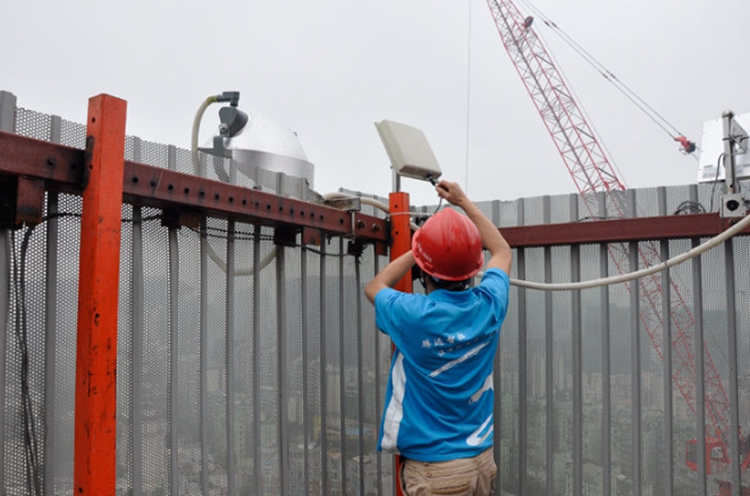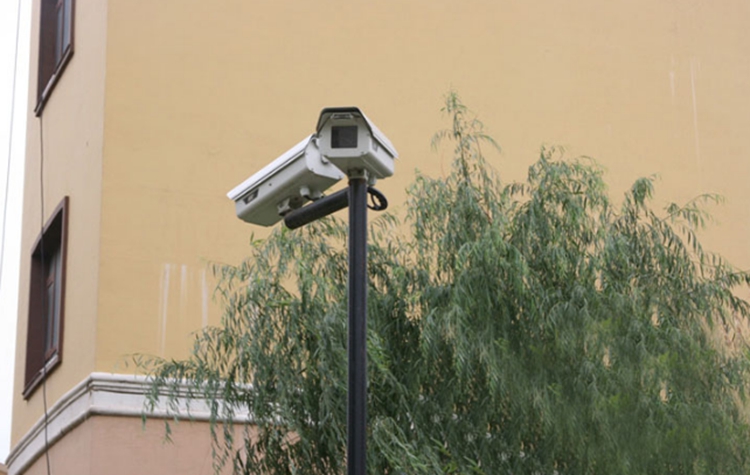What should I do if the wireless bridge signal is weak?
With the development of wireless technology, wireless monitoring applications are becoming more and more popular. Among them, wireless bridges are widely used because their flexibility and security have been favored by a wide range of users. However, during the use of wireless bridges, Due to environmental uncertainty, there will be weak signals. In order to avoid unnecessary interference and loss, how can we deal with it? Let me introduce you in detail below.
1. Try to avoid obstacles in the transmission line. Since the wireless signal is linearly transmitted, the signal strength of the wireless communication is weakened if an obstacle is encountered during transmission. After passing through a metal barrier or building, the wireless signal will have a certain degree of attenuation. Therefore, when the wireless product is set up, it should be as high as possible. If it is blocked, it can be transmitted by using the relay method.

Second, adjust the angle between the transmitting end and the receiving end of the wireless bridge. All wireless bridges are transmitted by antennas. The antenna angle of the wireless bridge should not only be horizontally aligned, but also the pitch angle must be correct to ensure communication within its signal range. When adjusting the antenna angle, we can enter the system to see the signal strength. First adjust the level gently. The signal strength is stronger and then slowly adjust to that direction. If it is weak, adjust it in the opposite direction. After adjusting the horizontal angle, fine tune the upper and lower angles.
Third, the 2.4GHz band wireless bridge interference is more, we must try to avoid and reduce the interference to the equipment. Like all wireless communications, wireless networks are subject to interference from other electromagnetic waves. The IEEE 802.11b/g/n standard operates at 2.4 GHz, and there are many devices working in this band. For example, the frequently seen walkie-talkies, microwave ovens, and Bluetooth headphone speakers all work in the 2.4 GHz band, so they interfere with each other. More serious.

4. Select the wireless bridge antenna gain correctly according to the actual application. In general, when long-distance data transmission is required and the strength of the signal is required, an antenna with a large gain value should be selected, and for a wireless network with a short transmission distance, an antenna with a small gain value can be selected. In the actual construction process, the larger the antenna, the better.

5. Determine if the transmission distance is within the rated transmission distance of the bridge. Some users have too long a target transmission distance, and the signal is too weak. In this case, not only the antenna gain of the bridge device but also the bridge device with a larger power transmission distance is selected.
In addition, to reduce the interference of wireless monitoring signals, the quality of wireless monitoring equipment is also very important. For example, Tengyuan Zhituo has 13 years of experience in R&D and application of wireless monitoring equipment. The company's wireless monitoring equipment uses imported Qualcomm chips and has industrial quality above IP67. , strong anti-interference, high broadband and so on. Welcome everyone to come to consult for more details.
EU European DC EV Charger Double Guns
EU European Standard:CCS2 DC EV Charger:Double Guns:Gound Mounted
Eu European Dc Ev Charger Double Guns,Ccs2 Ev Charger,Ccs2 Car Charger,Eu Standard Ccs2 Charger
SHENZHEN QINGYUAN TECHNOLOGY CO., LTD , https://www.qycharge.com